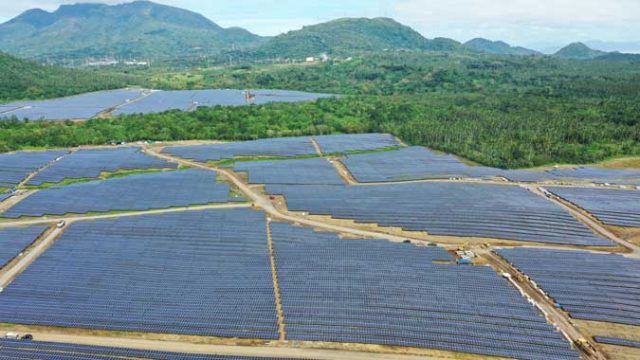BoI approves P603-M hospital project in Cagayan Valley
THE Board of Investments (BoI) has approved the P603-million general hospital project of Cagayan United Doctors Medical Center (CUDMC), which will augment capacity to help cater to critical coronavirus disease 2019 (COVID-19) patients.
CUDMC is a five-storey hospital offering laboratory and diagnostic services, BoI said in statement on Friday.
It has 18 critical care unit beds with a five-bed intermediate care unit. It will also have eight negative pressure isolation rooms and a laminar flow system operating room, among others.
The hospital is expected to employ about 652 people. It is expected to generate about 514 jobs in the first four years of its commercial operations.
The approved project will provide 100 additional beds for COVID-19 patients in the Cagayan Valley region, which now has a 78.8% bed occupancy rate for these cases, according to data from the Health Department.
As a new operator of a level 2 general hospital, CUDMC can avail of lower income taxes and investment incentives as the project falls under Healthcare and Disaster Risk Reduction Management Services, as stated in the Corporate Recovery and Tax Incentives for Enterprises Act and the current Investment Priorities Plan.
“Due to the stark concern on the spike of COVID-19 cases coupled with the limited hospital care capacity for patients, the project will augment the hospital capacity in Region II to cater for COVID-19 patients with critical symptoms,” Trade Undersecretary and BoI Managing Head Ceferino S. Rodolfo was quoted as saying.
“Gains of such undertaking are doubling investments in the area of medical equipment and devices, manufacturing of medical supplies and pharmaceuticals, research and development, life sciences, and innovation,” Mr. Rodolfo added.











